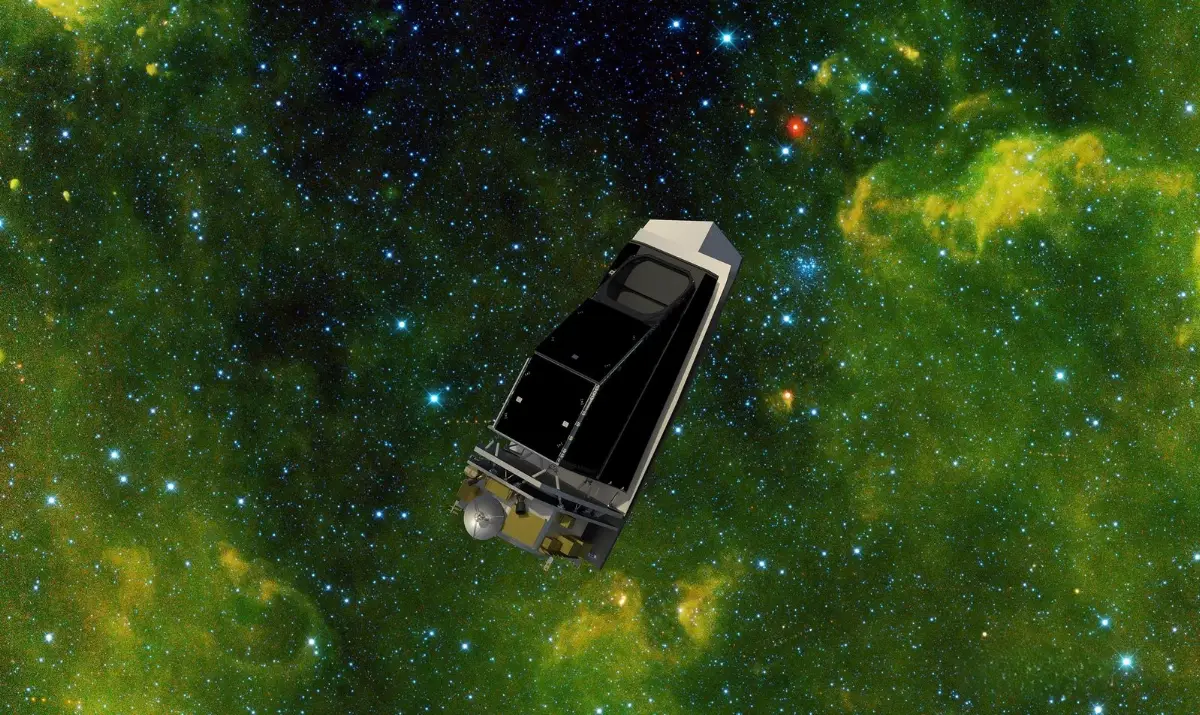
NASA entrusts Musk's SpaceX with launching new telescope for planetary defense
It will detect difficult-to-detect near-Earth objects that could impact Earth

NASA has chosen SpaceX to launch an innovative telescope to monitor potentially dangerous asteroids and comets. As part of the Near-Earth Object (NEO) Surveyor mission, a SpaceX Falcon 9 rocket will launch from Florida in September 2027, carrying a 20-inch-diameter telescope designed to operate in two heat-sensitive infrared bands.
According to the American space agency, as reported in a note, this latest-generation scientific instrument will be able to detect both bright and dark asteroids, which, by their nature, are particularly difficult to detect with the technologies currently used. The telescope will significantly contribute to NASA's efforts to strengthen planetary defense, identifying and characterizing most of the near-Earth objects that, if larger than 140 meters, could cause regional damage in the event of an impact.
The contract with SpaceX, which covers launch services and other mission-related costs, is valued at around $100 million. The mission includes a five-year baseline survey, during which it will attempt to detect at least two-thirds of the as-yet unknown objects orbiting within 30 million miles of Earth. Using two infrared imaging channels, the telescope will be able to more precisely determine the sizes of Near-Earth Objects and collect data on their composition, shape, rotational state and orbit.
The mission, which falls under the purview of NASA’s Planetary Science Division and is overseen by the Planetary Defense Coordination Office established in 2016, marks another step forward in global efforts to secure the planet. Companies such as BaE Systems SMS (Space & Mission Systems), Space Dynamics Laboratory, and Teledyne have been tasked with developing the space platform and scientific instruments needed for this endeavor.
The space community has recently shown concern about asteroid 2024 YR4, which was initially estimated to have a 3.1% impact probability. However, following recent updates, the European Space Agency (ESA) said that its estimates now predict a risk of no more than 1% for its planned 2032 Earth flyby.
AVIONEWS - World Aeronautical Press Agency